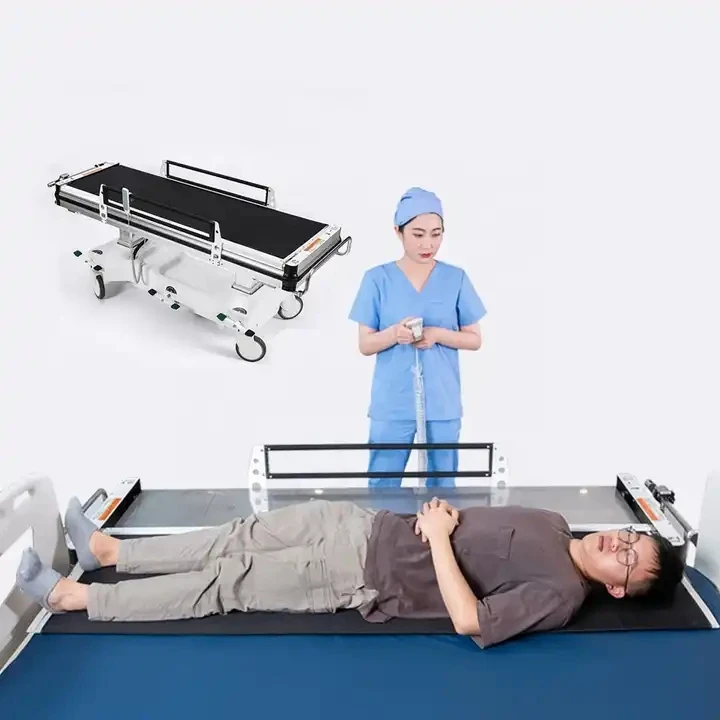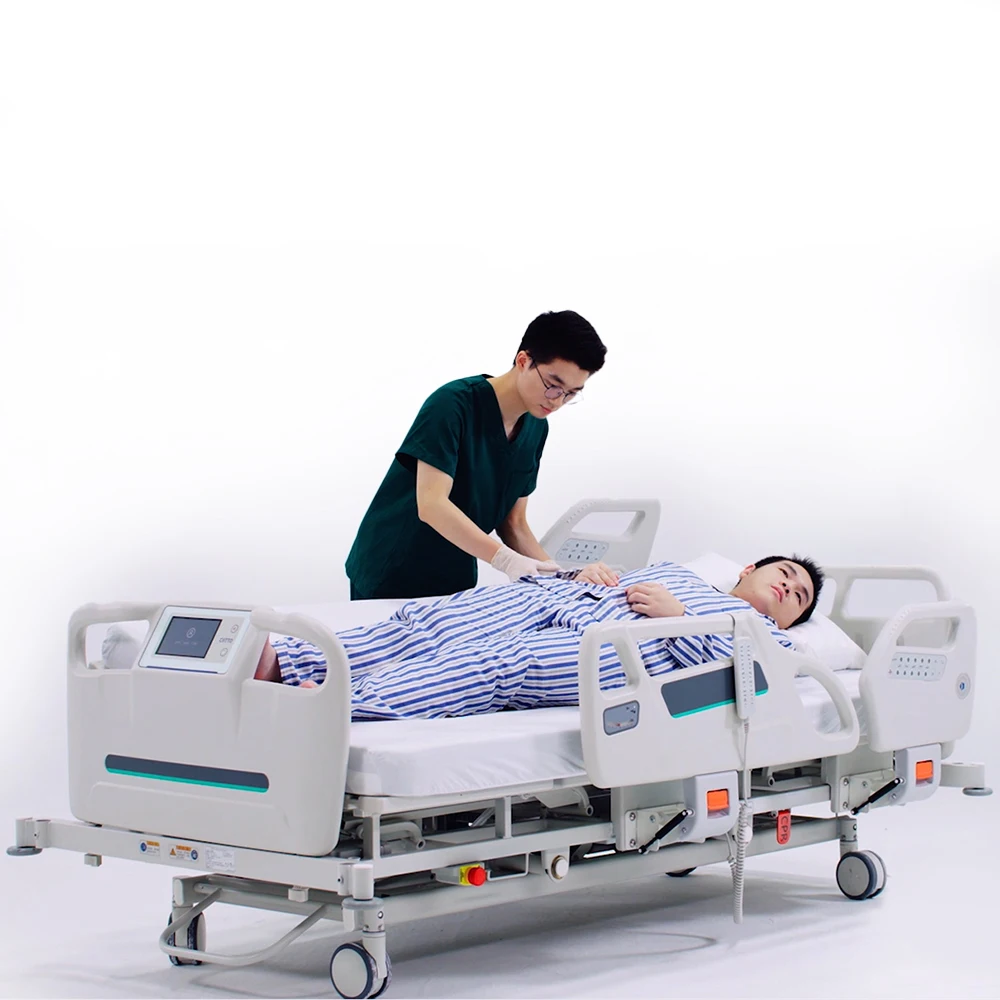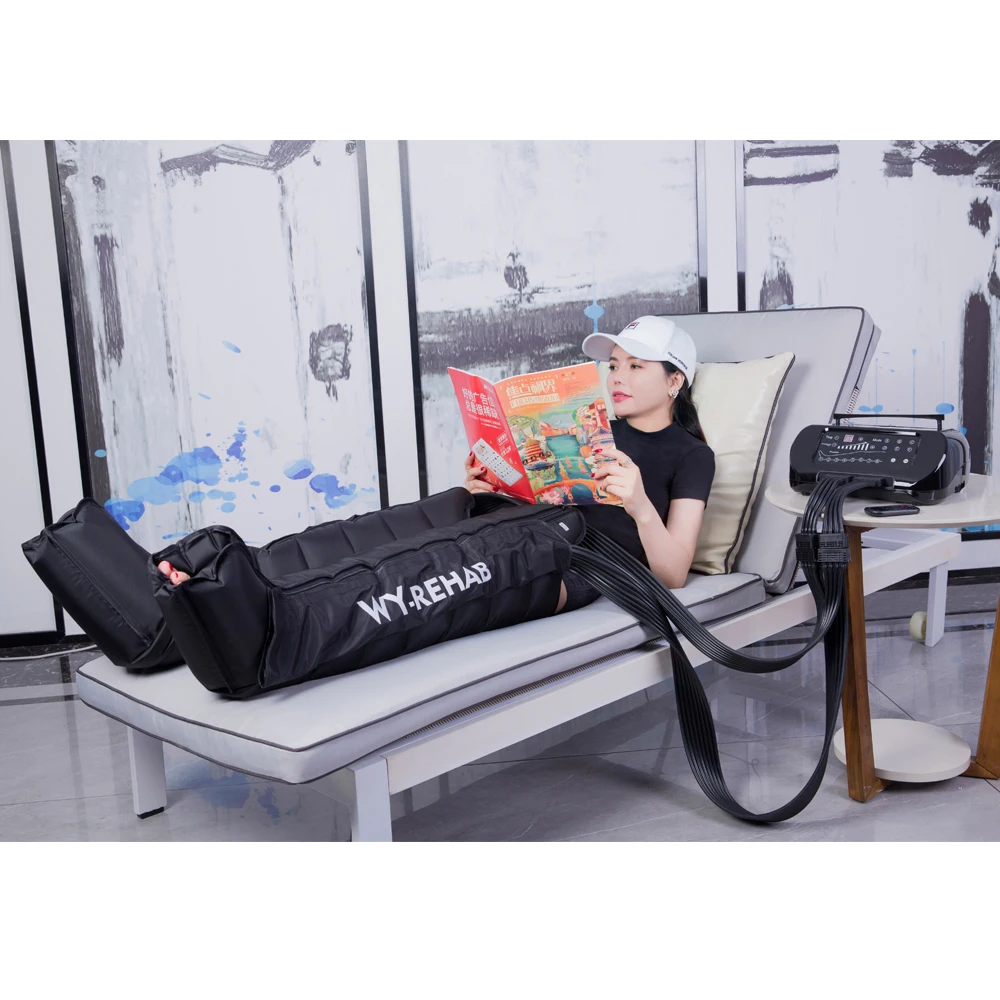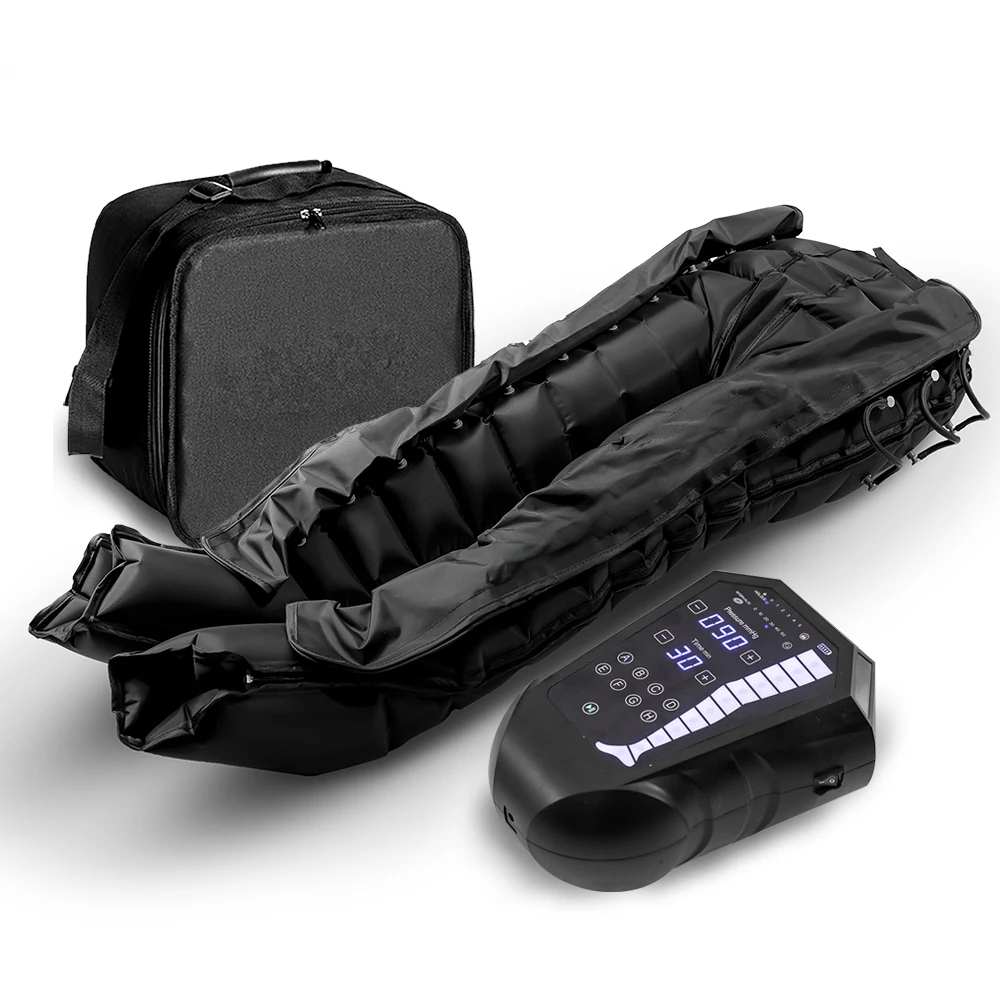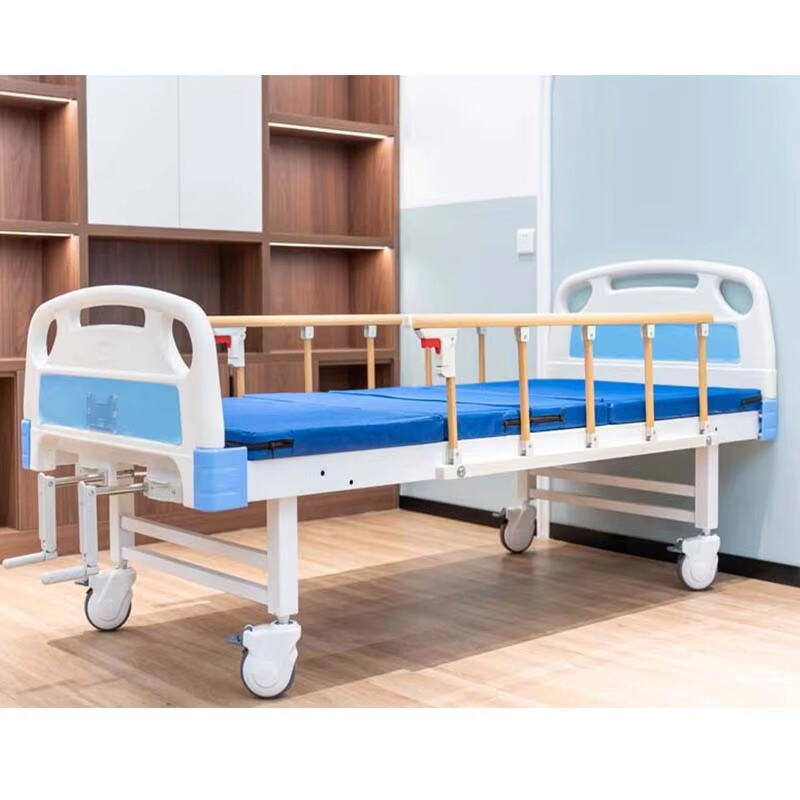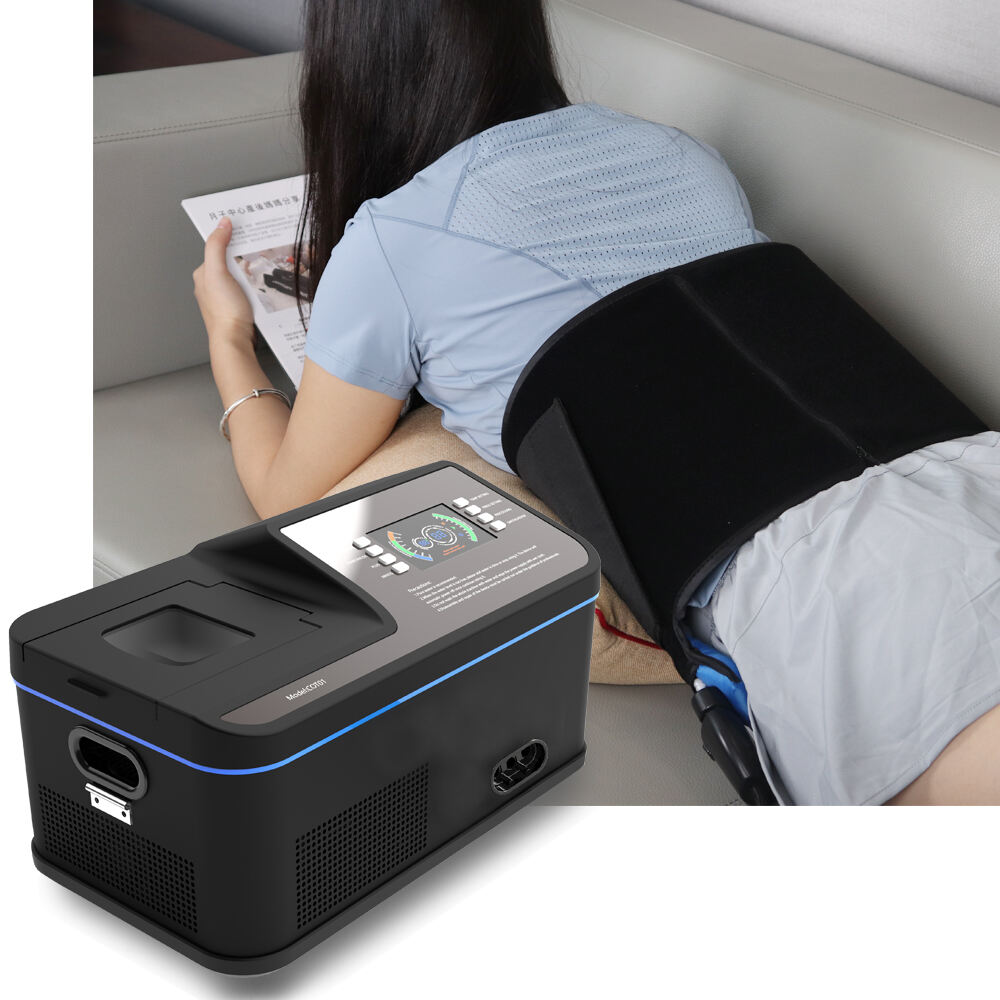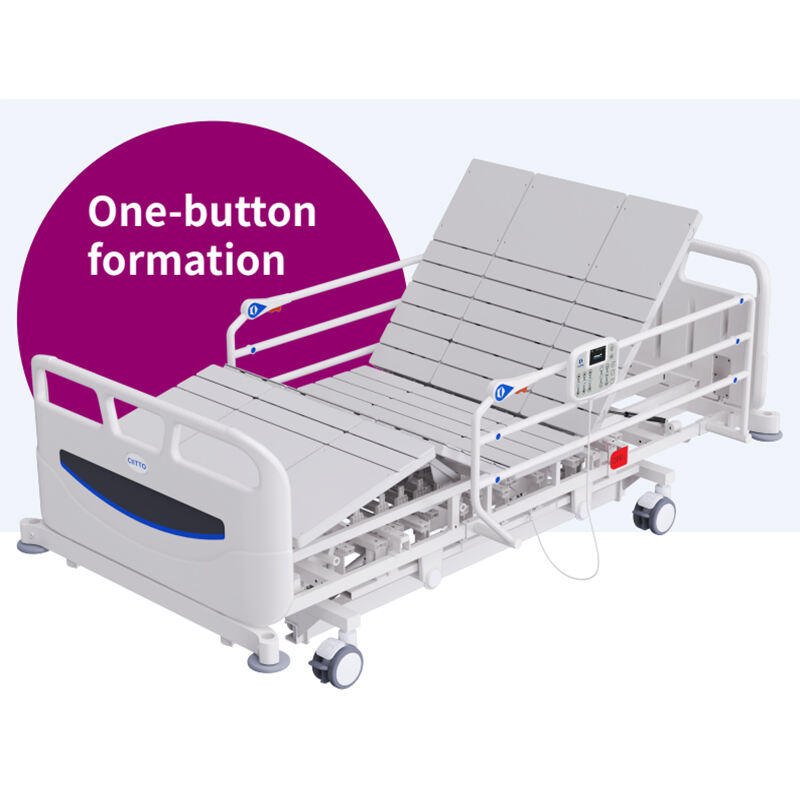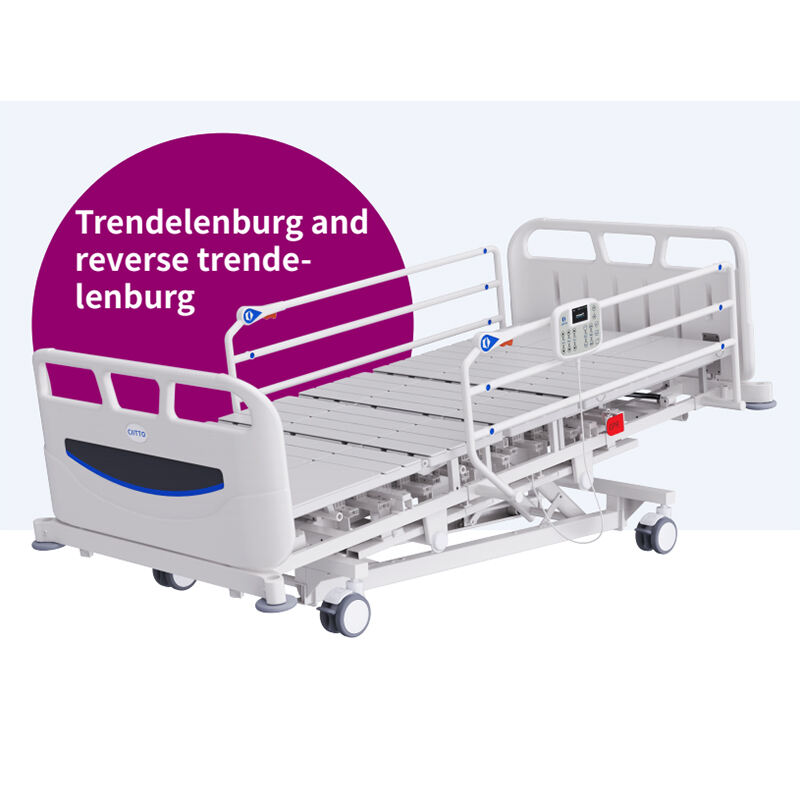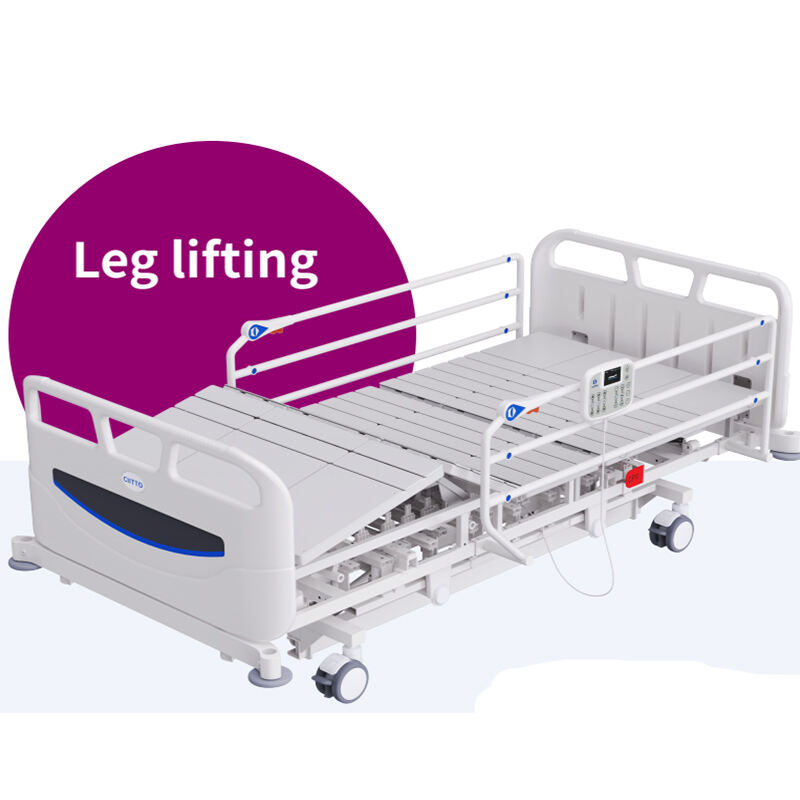դեկուբիտուս հանգիստ
Դեկուբիտուսի անկողին, որը նաև հայտնի է որպես ճնշման թեթևացման անկողին, ներկայացնում է բժշկական խնամքի տեխնոլոգիայի զգալի առաջընթաց՝ նախատեսված ճնշային վերքերի կանխարգելման և դրանց կառավարման համար: Այս հատուկ բժշկական սարքավորումն օժտված է առաջադեմ մատրացի համակարգով՝ փոփոխական ճնշման գոտիներով, բազմաթիվ կարգավորվող դիրքերով և բարդ քաշի բաշխման մեխանիզմներով: Անկողնի մակերեսը կազմված է բազմաթիվ օդային խոռոչներից, որոնք համակարգավոր կերպով լցվում և դատարկվում են՝ ապահովելով անընդհատ շարժում, որը օգնում է վերաբաշխել ճնշման կետերը հիվանդի մարմնի վրա: Ժամանակակից դեկուբիտուսի անկողինները ներառում են ինտելեկտուալ սենսորներ, որոնք հսկում են հիվանդի դիրքը և ավտոմատ կերպով կարգավորում ճնշման պարամետրերը՝ ապահովելով հարմարավետության և անկողնային վերքերի կանխարգելման օպտիմալ մակարդակ: Անկողնի շրջանակը կառուցված է բազմաթիվ հոդակապերով՝ թույլատրելով ճշգրիտ դիրքավորում գլխի, առջևի մասի և ոտքերի համար, ինչը կարևոր է ինչպես հիվանդի հարմարավետության, այնպես էլ բժշկական բուժման համար: Ավելին, այս անկողինները հաճախ ներառում են ամբողջական կողային պատնեշներ անվտանգության համար, արտակարգ իրավիճակների համար էլեկտրամատակարարման ամրապնդված համակարգեր և հեշտ կառավարման վերահսկիչ վահանակներ ինչպես խնամքի մատուցողների, այնպես էլ հիվանդների համար: Տեխնոլոգիան նաև աջակցում է հիվանդի շարժունակությանը՝ ներառյալ բարձրության կարգավորում և Trendelenburg դիրքավորման հնարավորություններ: Այս անկողինները լայնորեն կիրառվում են հիվանդանոցներում, երկարատև խնամքի հաստատություններում և տնային բժշկական խնամքի պայմաններում՝ հատկապես այն հիվանդների համար, ովքեր պահանջում են երկարատև անկողնային հանգստի կամ ովքեր բարձր ռիսկի տակ են ճնշային վերքեր ստանալու:

